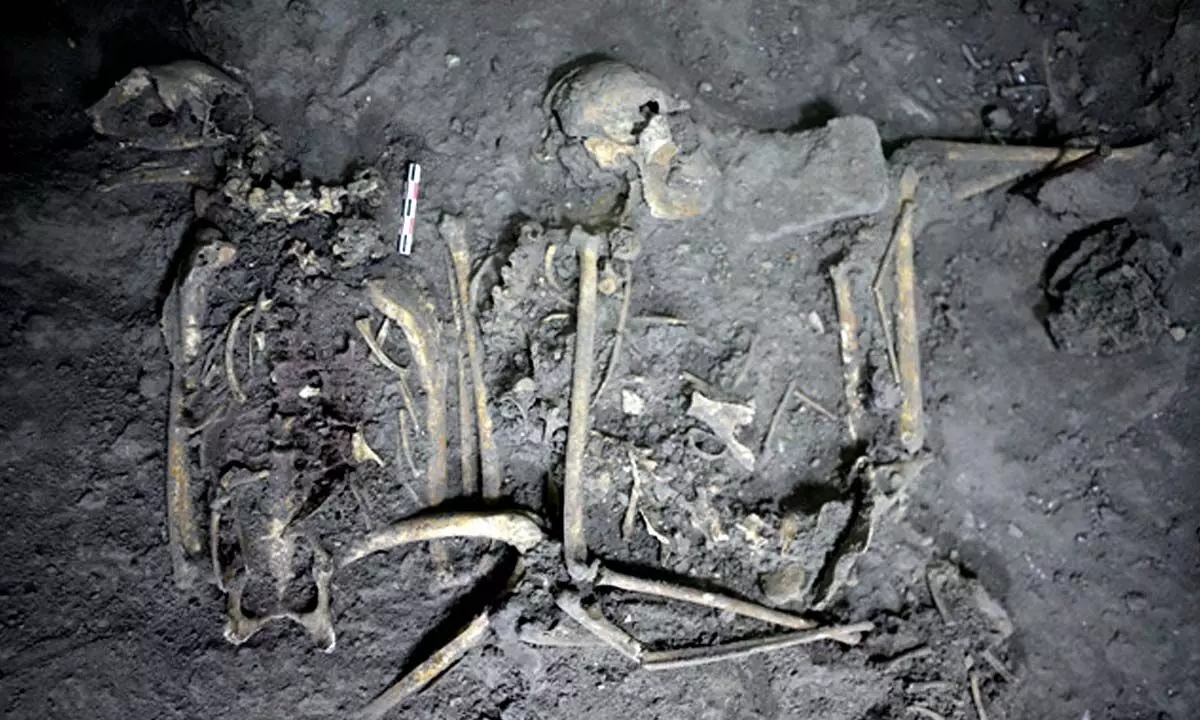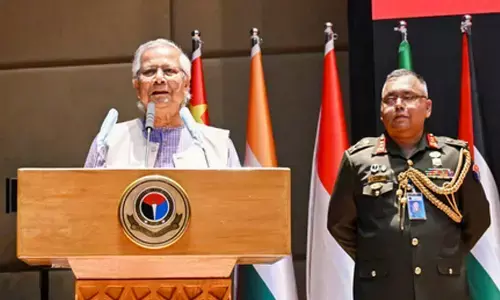Old Bones Indicate Maya Befriended Neighbors With A Sacrifice Spider Monkey

The spider monkey's remains were found outside of the animal's native range. (Nawa Sugiyama)
- Two important pre-Hispanic American powers strengthened their links by cruelly sacrificing a female spider monkey that had been given as a prized gift and slain before.
- Researchers were able to reconstruct the life and death of the primate by using a variety of methods, such as ancient DNA extraction, radiocarbon dating, and chemical dietary analysis.
According to a recent study, two important pre-Hispanic American powers strengthened their links by cruelly sacrificing a female spider monkey that had been given as a prized gift and slain before. compared China's panda diplomacy, which coincided with the normalisation of Sino-US relations in the 1970s, with the offering made to Teotihuacan by Maya elites.
Researchers were able to reconstruct the life and death of the primate by using a variety of methods, such as ancient DNA extraction, radiocarbon dating, and chemical dietary analysis. They discovered that the primate was probably between five and eight years old when she was buried alive.
The research was started by Sugiyama's startling finding of the animal's remains at the Teotihuacan ruins in 2018, which are part of the arid Mexican Highlands' UNESCO World Heritage Site.
The location of the remains provided important hints. Teotihuacan, which is located 30 miles (48 kilometres) northeast of Mexico City and is pronounced "tay-uh-tee-waa-kaan," was a significant centre of invention and cultural interchange in Classic Mesoamerica.
The pyramids of the Moon, Sun, and Feathered Serpent are possibly what are best known about it. But another monument called Plaza of the Columns, a complex where the nearby Maya maintained a presence akin to a contemporary embassy, is gaining popularity.
The complex's skeletal remains of the monkey were discovered next to a golden eagle, which is still used as a symbol of Mexico, and were surrounded by a number of priceless artefacts such as obsidian projectile points, conch shells, and precious stone objects.
Moreover, a Maya mural showing the spider monkey and almost 14,000 ceramic shards from a lavish feast were found. This, according to Sugiyama, was additional proof of a high-level exchange that occurred before the Teotihuacan state's later rise and military involvement in Maya cities by the year 378 CE.
Two canine teeth that erupted at different times during the monkey's life were chemically analyzed, and the results showed that the monkey had previously lived in a humid environment and had eaten plants and roots.
Next Story



















